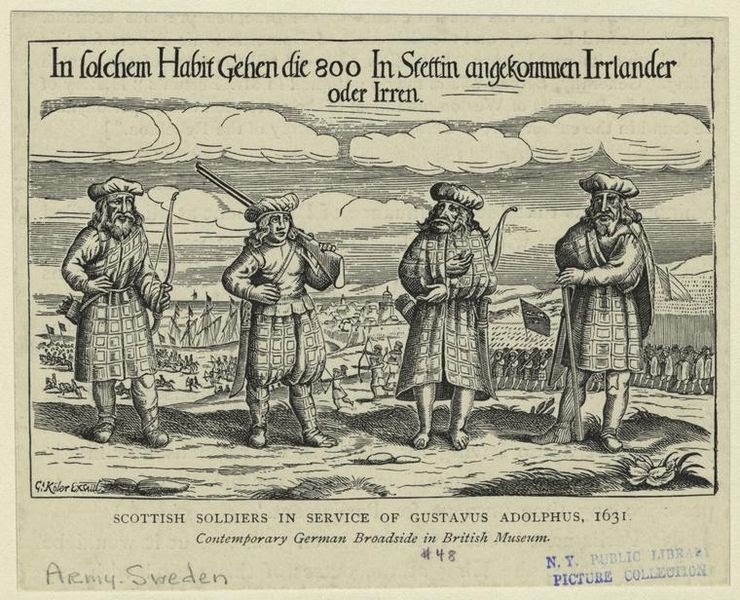Northeast African Studies presents
two studies related to military history.
Elena
Vezzadini explores the 1924 revolution in colonial Sudan. Vezzadini focuses on the oral histories of
the revolution and says that despite this being a very well-documented colonial
revolution with a multitude of oral histories recorded about it, the histories
may have left much of the event unrecorded. In addition,
many of the people who spoke about the event were called spies and may have
contributed to the ultimate failure of the revolution.
Clemence
Pinaud writes about the second civil war of South Sudan (1983-2005). Pinaud examines how the South Sudan is
celebrating the women’s battalion of the Sudan People’s Liberation Army while
at the same time disregarding the history of the camp followers. Pinaud writes that by censoring a large
segment of the participants of the war, the history of
the civil war and South Sudan is incomplete.
2001 Sudan - Congolese soldier adjusting automatic weapon. (PK machine gun)
New
Hibernia Review presents an article by Gavin Wilk about the Irish Civil War. Wilk examines the difficult conditions
endured by Irish Republican Army member’s during the civil war and the health
care they received while in custody or when they left for the United
States.
July 22, 1922 - A prisoner under escort at the South Western Front during the Irish Civil War

.jpg)





















